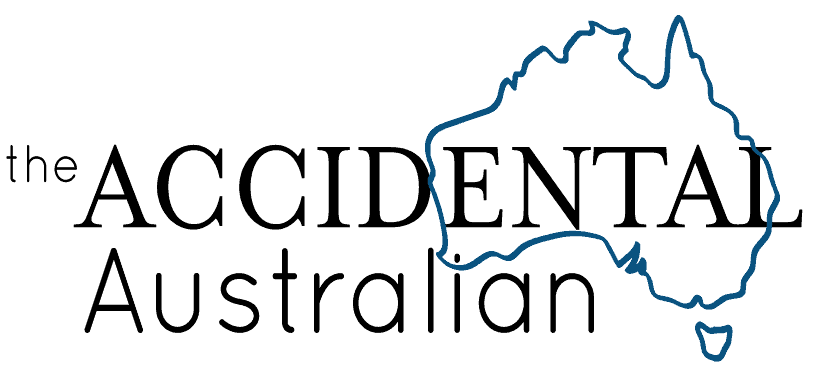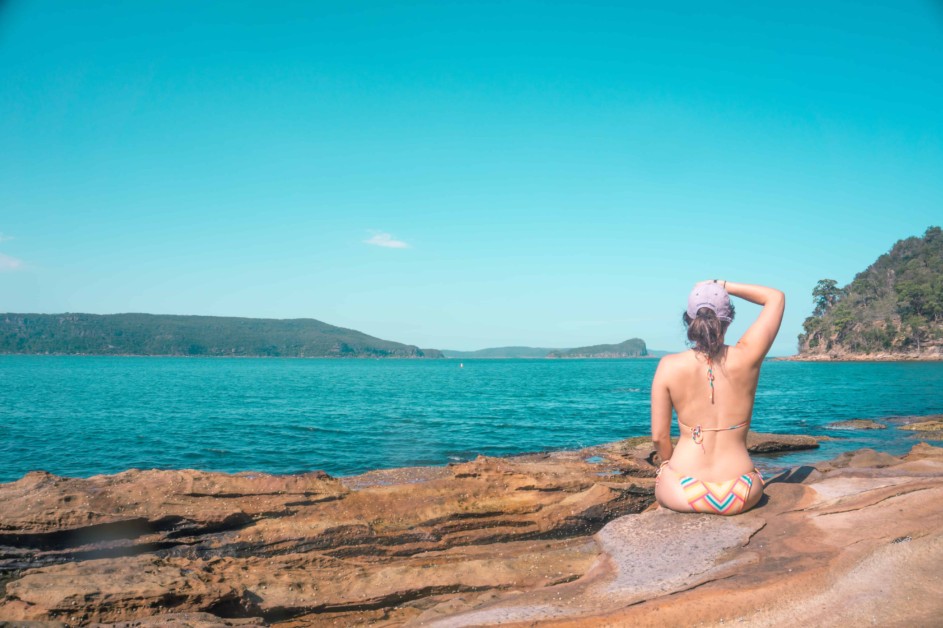Why skin checks are important
It is stating the obvious to say that the sun is strong in Australia. Growing up in the US, I always wore sunscreen at the beach, sometimes wore a hat, but other than that, didn’t give it too much thought. The sun makes for great beach days and picnics, heats up the swimming pool, and keeps life on earth as we know it alive- all good, right?
Flash forward a few years later, to summer down under. You can physically feel the difference between the American and Australian sun (yes, I know it’s the same sun, but you know what I mean). It is intense, strong, and can easily burn even those with more olive skin, such as myself. Skin cancer is a big risk in Australia, with all Australians growing up with the motto of ‘Slip, slop, slap’ – slip on a shirt, slop on some sunscreen, and slap on a hat. The slogan mighty sound catchy and fun, but it is backed by serious statistics. According to Cancer Council, Australia’s leading cancer charity:
- Australia has one of the highest rates of skin cancer in the world
- 2 out of 3 Australians will be diagnosed with a skin cancer by the age of 70
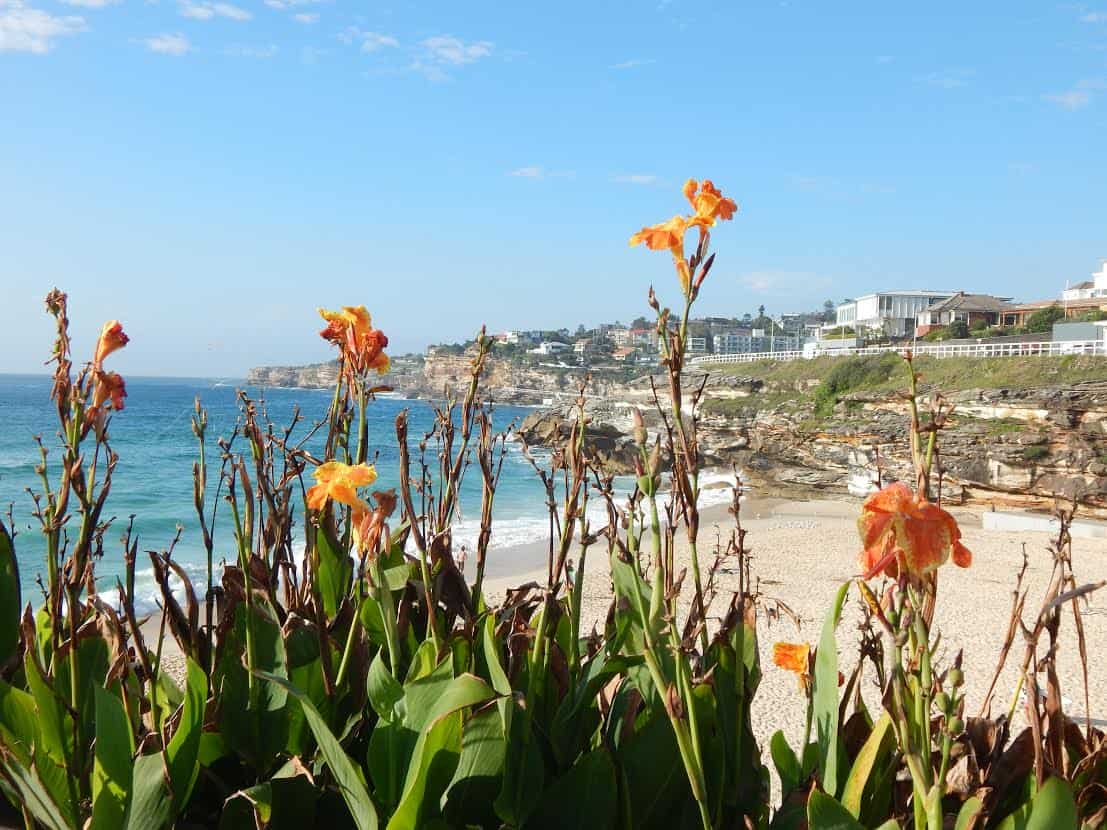
Damn, that is scary. Which brings me to the point of this article. If you’re an expat living in Australia, get regular skin checks to look over your moles, freckles, and bumps to check that everything is legit. Specifically, look for a GP or skin cancer clinic that offers mole mapping. Mole mapping is a technology used by GPs and dermatologists that can provide the best possible picture of your skin’s health.
Even if you didn’t grow up in Australia, that doesn’t mean you’re immune to the dangers of the sun as an adult. In fact, it is additionally important for expats, as many of us grew up without developing the ‘sun smart’ techniques that are embedded in the Australian psyche since birth. This could put us at even great risk- the slogan ‘what you don’t know can’t hurt you’ is definitely not applicable here. Everyone in Australia should get regular skin checks, but it is especially relevant for expats who aren’t from countries with serious UV rays, like Australia.
Click here for more expat advice and tips.
What got me interested in this?
As someone who spends some (ok, too much) time swimming, snorkeling, and sunbathing on Sydney’s stunning beaches, I recently decided it was finally time to make sure I had the all clear regarding my skin. I had noticed a few new moles over the years and have forgotten sunscreen more than once…
I was recommended the Bridgeside Medical Centre, a GP practice in the Rocks that specializes in skin checks via mole mapping, using the MoleMax machine. There are many medical centers who will do this, of course, but I personally had a great experience here and would definitely pass on the recommendation to others.
The GPs here specialize in mole mapping, and are helpful and personable.
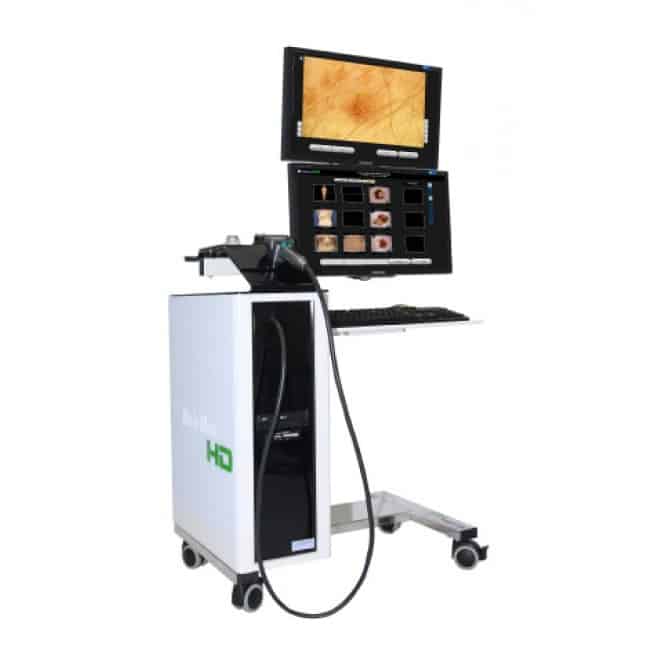
What is mole mapping?
Mole mapping is, according to Molemap.net.au:
…An advanced method for monitoring moles. It is based on a set of techniques. The first one is the examination of all suspicious moles with a specially designed tool which magnifies the mole and uses intense light. The tool allows the dermatologist to see any abnormal changes in the first layer of the skin. Usually, this technique is used to examine the suspicious moles including all atypical ones.
The second technique involved in mole mapping is body photography. Special devices are used to photograph each and every part of the skin. The pictures are stored in a special database. When images from two or more exams are collected, the dermatologist is able to notice developments in the moles. This is extremely important since cancerous moles are evolving slowly but steadily and the process can go unnoticed until it is too late.
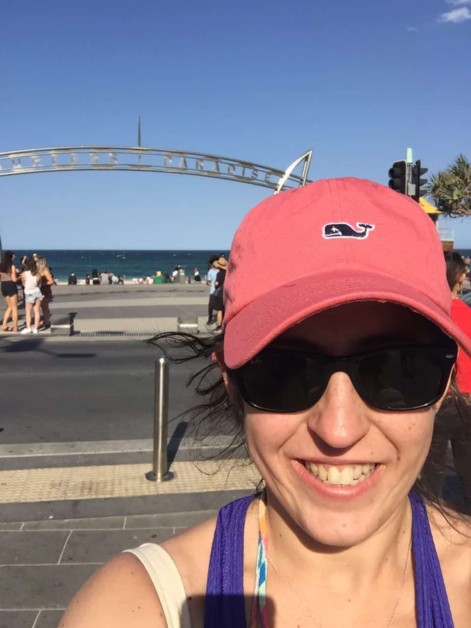
How does it work? Do I have to take it *all* off?
Mole mapping essentially works by using a high-tech camera to scan your body and take photographs of your skin. It is able to zoom in to high magnification, giving the GP a much closer look at your skin than they would otherwise get with just the naked eye.
My doctor went over my skin in stages, so I didn’t need to completely undress all at once. I’m not really that fussed when it comes to these things, but you can always request to see a doctor of the same gender if it makes you feel more comfortable. My take on it is that a few minutes of potential embarrassment is better than letting a health problem go undiagnosed. Plus, your doctor has seen it all anyway.
The whole procedure is completely painless and doesn’t take more than 10-15 minutes. If the doctor does see anything unusual, he or she will recommend the next steps.
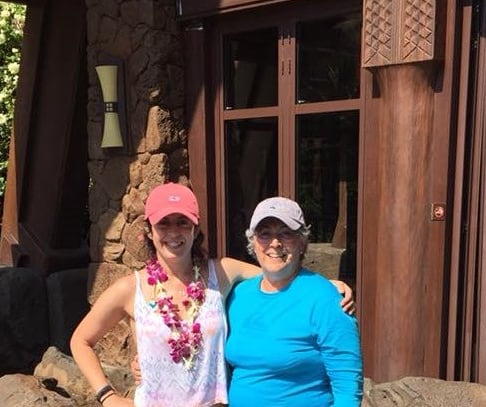
Why is it important?
To me, the lasting benefit of the mole mapping is that the photos of your skin are saved on your records. When you come back for your next check-up, the mole mapping machine automatically superimposes your photos, allowing for any change in color, size, or border to be clearly identified. As change in color and shape can be an indicator that a mole is cancerous, or pre-cancerous, this is really important.
If you visit a GP for a skin check and they look you over just with their eye, there is no visual record to compare from year to year. My GP suggested I come back every 12 months, so I will stick to that and make sure I add it to my yearly check-up.
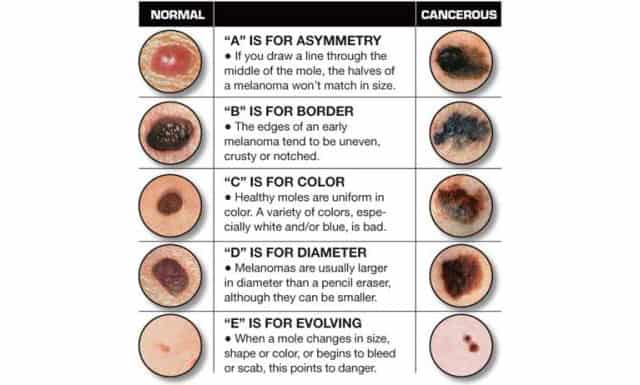
What else do I need to know?
- I am not a medical professional- all of the above is solely based on my experience as a patient and my personal opinions. Consult your doctor asap if you are worried about any skin problems.
- If you have Medicare coverage, Bridgeside charges the $80 fee for the first visit, and every visit thereafter is bulk-billed. However, the first visit is eligible for the Medicare rebate, which they can issue on the spot. Otherwise, there are plenty of other medical centers that offer this service, so find one local to your area.
- For more information on skin cancer, the ABCs of moles, and what you need to know, check out:
http://www.cancer.org.au/preventing-cancer/sun-protection/check-for-signs-of-skin-cancer.html
http://www.cancer.org.au/preventing-cancer/sun-protection/preventing-skin-cancer/
For more useful tips as an expat down under, check out our articles here and here.
